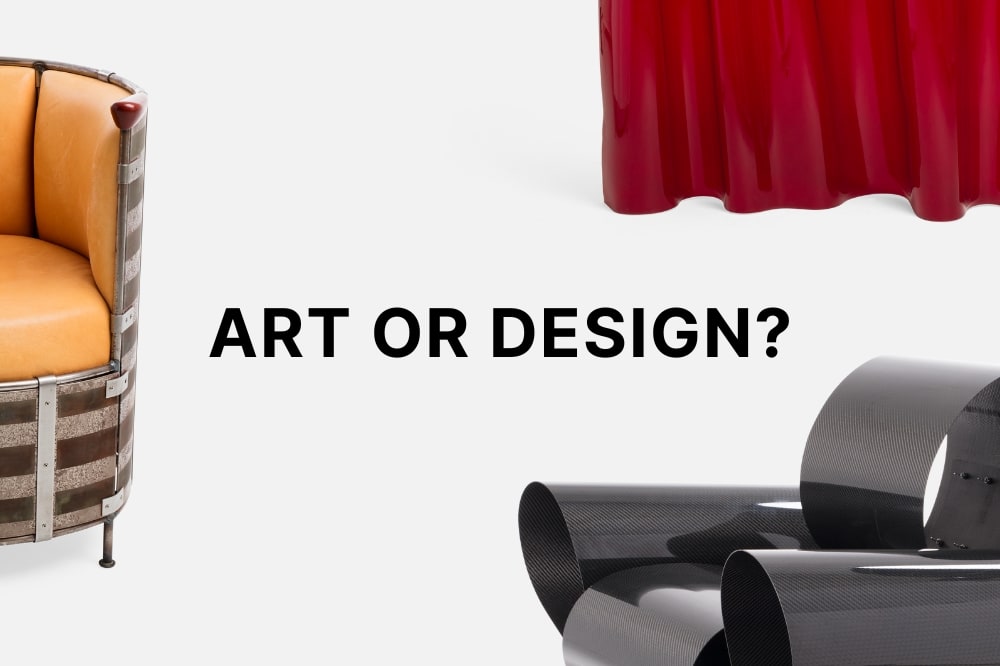
Aalto & Mathsson’s warm take on modernism
How Alvar Aalto and Bruno Mathsson brought warmth to modern furniture.
Inspired by European modernism, Alvar Aalto and Bruno Mathsson reshaped Nordic furniture design with a warmer, more natural touch. Choosing wood over steel, they crafted chairs that reflected the simplicity and warmth of Scandinavian culture. A legacy that still feels relevant in today’s interiors.
In the 1930s, progressive Nordic architects were deeply influenced by the furniture style presented by the European modernist movement.
Finnish Alvar Aalto (1898-1976) and Swedish Bruno Mathsson (1907-1988) were two front figures who, although their approach differed, interpreted the international style in the Scandinavian sense. Their prior material in chair design was not steel tubes, which they considered too cold for the Nordic furniture culture. Instead, they embraced, each in their own way, the new technology of compression molded veneer. Both Aalto and Mathsson were fascinated by the theory of visually separating the structural elements of the furniture into the supporting and the carried parts. They also shared the ambition of simplification by exchanging upholstery and padding with simple braided bands of cotton, linen, or jute textile.
In the late 1920s, Alvar Aalto carried out his first technical laminated veneer experiments with the manufacturer Otto Korhonen. Their first chair, Model 611, launched in 1929, showed a combination of a solid birch-wood frame with a compression molded seat and back. In the following years, some of Aalto's most iconic furniture objects were created. The Model 41 chair was designed in 1931 for one of Aalto's signature buildings, the Sanatorium in Paimio. This chair is, in my opinion, an unsurpassed masterpiece in its simple but, at the same time, sophisticated design approach. The chair's brilliant aesthetics forgive its less exquisite comfort. Two years later, Aalto designed his chair Model 21. The chair was his Scandinavian interpretation of the Bauhaus early steel pipe cantilever chairs. For Aalto, lounge chairs did not seem to be a priority. His Model 39, released in 1936, is one of the few of Alvar Aalto's designs.
Alvar Aalto's furniture models are generally strict, archetypal in appearance, and easy to read and understand. They seem more created to fit in with and support his outstanding building architecture than being objects in their own rights. Nevertheless, Aalto's chairs, produced by Artek, are regarded as masterpieces of 2000s-century furniture design and are still frequently used in modern interiors worldwide.
Bruno Mathsson's design seems more processed- thinner lines, articulated cuts, and, above all, more refined comfort. Mathsson was the autodidact who managed to become Sweden's best-known furniture designer of the 1900s. He literally grew up in his father's cabinet makers' workshop, where he was given free hands and full support to carry out all his design experiments. Over the years, Mathsson became almost obsessed with the 'mechanics of sitting'. He was determined to solve the best possible comfort for different types of seating positions using as little upholstery as possible, preferably none. Throughout his working life, he developed and refined his so-called seating curves with great success. As the story tells, it all started when Bruno sat himself in a pile of snow to measure up the imprint his body made. From this, he constructed primarily three different curves for different stages of relaxing: The working chair for office work days, the relaxing chair - still for an active position, and finally, the lounge chair. All three types were designed in 1934.
Like Marcel Breuer and Alvar Aalto, Bruno Mathsson was fascinated by the invention of compression-molded veneer. Early, he started using this technique, which gave him the tool to form very strong but still more organic and elegant legs. However, it's interesting to note that Mathsson's seat curves were originally made of solid wood, elaborately processed with the best comfort and durability in mind. This mix of material and technique distinguished Mathsson's chairs from Alvar Aalto's, making them more expensive to manufacture in large numbers.
During the 1960s and 1970s, Bruno Mathsson took a break from his wooden furniture and began experimenting with armchairs made of steel tubes and canvas. This gave him a second wave of fame, and the well-known Jetson and Karin armchairs designed for the company DUX became and still are a major commercial success.
Article written by Lars Bülow









































































